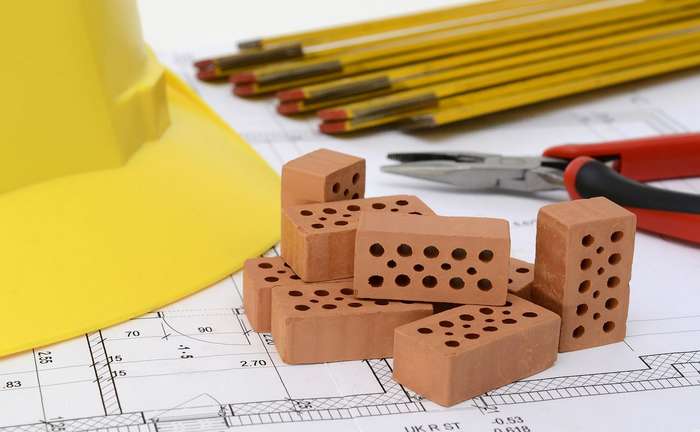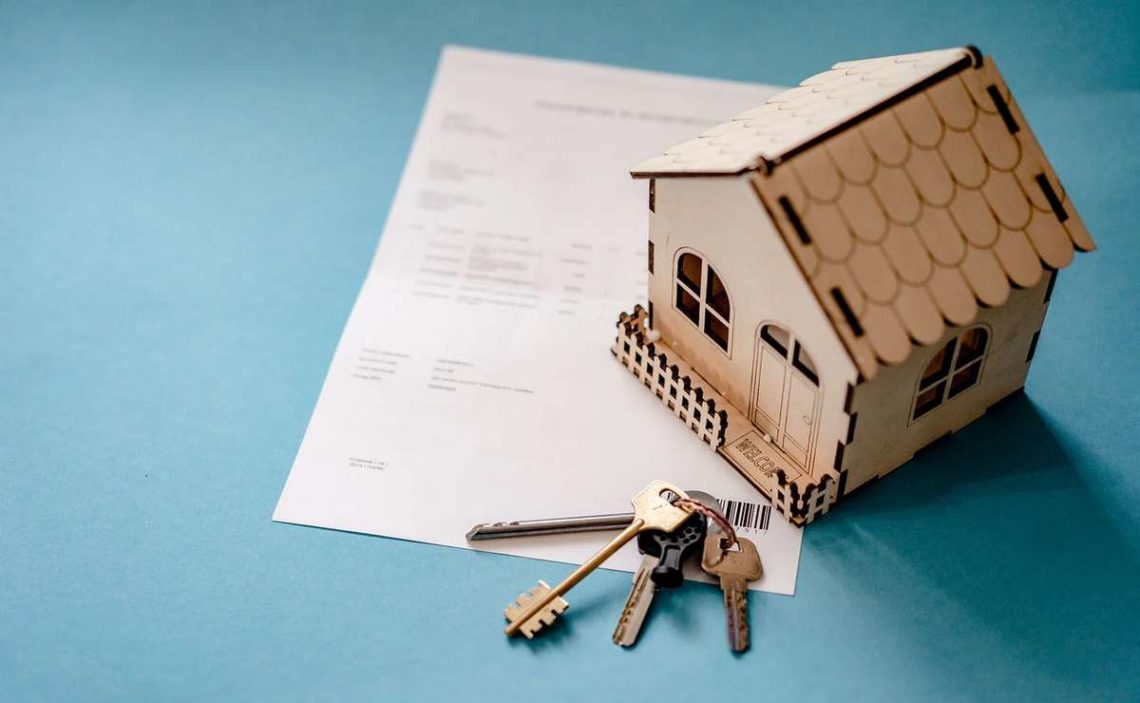It is crucial to remember that homeowners insurance policies cover your home against multiple perils. But there are some cases where there will be an essential exclusion in this coverage.
Today, we’re going to find out which area is not protected by most homeowners insurance to save yourself a lot of money and headaches in the future.
What areas are not protected by homeowners insurance?
When you take out homeowners insurance, there are some things that they will not cover. Among the areas that are not covered by this type of insurance are:
Earthquakes or water damage.
In most states, most insurance policies do not cover earthquakes, sinkholes, or other earth movements. In any case, earthquake insurance can be purchased as a rider for an additional charge, except in the state of California.
On the other hand, Flood insurance will also have to be purchased separately and is available only through the National Flood Insurance Program, which the government administers. Water damage caused by sewer or drainage system overflows also not covered by standard policies, so extra coverage must be added.
Maintenance Problems
You must take proper care of your home to avoid making costly repairs that your homeowner’s insurance will not cover. It should be noted that damage from termites and insects, birds or rodents will not be covered by insurance.
Nor will any rust, rot, mould, mildew, or any general wear and tear be covered. If any part of your home is poorly made or defective, the insurance will not usually cover it, just as it applies to mechanical breakdowns. If you suffer from a power outage, food spoilage will also not be covered by the policy.
Other exclusions
Although it is something that you do not want to contemplate, the damages due to war or nuclear danger are not covered by the insurance either. If identity theft occurs, the expenses will not be covered unless you purchase additional coverage.
If you have a boat, the policy will usually offer coverage up to $1000 if it is stolen from your home but will not cover theft from another location. Most policies will provide liability coverage if you have boats with less than 25 horsepower.
What does homeowners insurance cover?

It should be taken into consideration that this type of insurance has six main categories in which they will offer you coverage, within which we find:
Dwelling Coverage or Coverage A
This will provide protection for your own home, and it is insurance that covers plumbing, heating systems, the roof and the electrical system. This type of coverage will not protect separate exterior structures, and exterior areas attached to the home may be covered.
Coverage B for other structures
This will protect separate parts of your home that sit on a different foundation and are not occupied on a regular basis. This is coverage designed for sheds, fences, barns and garages.
Standard dwelling coverage does not cover these places in your home, so you should make sure your insurance offers this coverage. Coverage for other structures should also reflect the cost of replacing internal structures.
Personal Property Coverage
Most homeowners insurance policies have personal property coverage. This type of coverage will cover the homeowner’s belongings, such as furniture, appliances and other assets that are part of the actual property.
It is important to carefully check the limits of the Personal Property Coverage, especially since some items will not be covered and will require a separate policy . In addition, others may not be covered in full if a claim is filed.
Liability Coverage
Most policies offer this coverage, which is insurance that covers damage to other people’s property. In these cases, the insurance protects you and the members of your household if a guest is injured in your home or if you accidentally damage their personal property.
This coverage will pay the cost of the guest’s lawsuit if you are found at fault and your legal expenses for their injuries or property damage.
Guest Medical Protection
This allows you to reimburse a guest for the cost if they are injured on your property. Most insurance companies will always limit the amounts of this type of claim for guest medical protection. This will be used if the visitor is injured but does not take steps to establish a claim.
Loss of Use Coverage
This can be used to cover lodging expenses when a home is unsuitable for living in for a while due to damage to the house. It may also be due to an event that prevents returning to the property, such as a storm or wildfire.
Is fair value the same as replacement cost?
It should be noted that these are two different ways by which insurance companies decide on the payment to be submitted for a claim. Replacement cost is that which provides an amount to replace an item with the same or a very similar thing.
In contrast, fair value is a depreciated replacement cost. In any case, this is a lower value than the replacement cost. The depreciation will be subtracted to obtain a reasonable value according to the insurance requirements.
What is the deductible on a homeowner’s insurance policy?
An insurance deductible is a percentage of the insurance when a claim is made. To understand it, we could say that an insurance deductible is $5,000, which will mean that you will have to pay that amount for the claim, and the insurance will cover the rest.
This deductible will be paid to the repair company because the insurance will claim the rest. To avoid paying the deductible if the repair is less than the deductible amount, you can cover it independently. Keep in mind that homeowner’s insurance deductibles will be needed for each insurance claim, which is not a one-time cost.
It is also essential to know that generally, the home is protected by A-rated homeowners insurance. If you are looking for more protection, you will have to pay extra for them.


